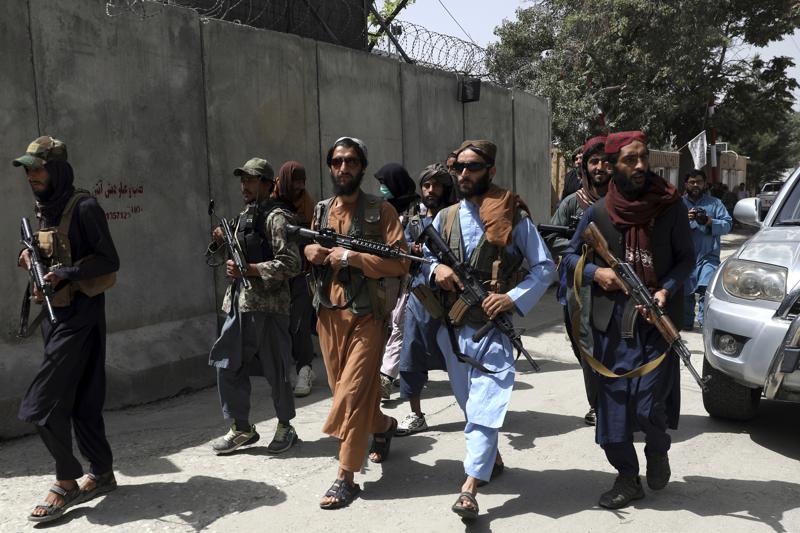
The slow moving catastrophe that the world is witnessing in Afghanistan with the American withdrawal and the entry of Taliban into Kabul, was foretold by many who have long followed the region, especially Afghanistan and Pakistan.
Analyst and commentator Mohammad Taqi wrote on August 1st that ‘Reckless US Withdrawal Could Make Afghanistan the Powder Keg of the World Again.’ In his column Taqi noted that
“America’s mad dash for the exit in Afghanistan has sent both its friends and foes into a tizzy and threatens to plunge that hapless country into a civil war or worse – a Taliban takeover. With under a month left for the US forces withdrawal to be complete officially, both the battlefield and diplomatic scenarios are changing by the hour. President Joe Biden’s decision to go through what he called an end to the US military involvement in Afghanistan, has essentially removed all but a few hundred of the 3,500 American troops, some 7,000 NATO servicemen, and nearly 18000 contractors from Afghanistan by the end of August.”
Two weeks before the Taliban entered Kabul Taqi pointed out “The Taliban, buoyed by the US departure, have predictably chosen to surge ahead with their war against both the Afghan state and society. The jihadist movement has made rapid gains and reportedly holds sway over half the country’s 421 districts, predominantly in the sparsely-populated rural areas.”
After the Afghan security forces and the government collapsed and the Taliban entered Kabul, Taqi wrote ‘Biden’s Afghanistan Blunder Will Come Back to Haunt the US and its Allies.’ Taqi argued that “US forces from Afghanistan has precipitated the collapse of the American-allied government there. He ignored warnings from the US defence and intelligence officials, former military chiefs, diplomats, and independent observers, about plunging Afghanistan into an imminent catastrophe. The last US troops leaving the Bagram base, in the darkness of the night at his orders, had set in motion a Taliban surge that went through Afghanistan like wildfire. The barbarians who were always at the gates pummelled through town after town, including the former bastions of resistance like Mazar-e-Sharif and Herat. Other provincial capitals fell like dominos. The Taliban then captured its former stronghold and de facto capital of its brutal emirate, Kandahar. The jihadist terror group subsequently encircled and ensnared the federal capital Kabul, which is home to over 10% of the country’s population and host to tens of thousands of Afghans internally displaced from the areas coming under the Taliban’s sway. And within days the triumphant Taliban walked into Kabul, forced the Afghan President Ashraf Ghani to flee, occupied the presidential palace and unfurled its banner there.”
Taqi pointed out “The ANDSF had neither been as competent and well-equipped as the several US assessments had exaggeratedly shown, nor as incompetent to simply evaporate into thin air as the Taliban marched in. What changed was that in one fell swoop they were robbed of legitimacy, logistics, momentum, and morale by the reckless US withdrawal. The Afghan army, which was never equipped with armoured divisions and had skimpy artillery, relied heavily on the US air support and the AAF for movement, firepower, and tactical and medical evacuations.”
Further, “President Biden’s decision to withdraw all US personnel entailed the extraction of all allied troops as well as over 16,000 military contractors responsible for maintenance and smooth of not just the air force assets but the ground facilities, vehicles, radars and even the Afghan Personnel and Pay System (APPS). With the contractors gone, the AAF was forced to troubleshoot and repair its already measly squadrons remotely, via Zoom and FaceTime. With the Taliban assassinating Afghan pilots on the ground and foreign technician exodus from the country, the AAF was hamstrung at the most critical juncture in the conflict.”
Taqi concluded “President Biden’s rush for the exit ramp was ill-advised, ill-planned, and ill-timed. Most importantly, it was completely avoidable at a low cost, low-intensity engagement maintaining a tiny US and western footprint in one of the most important regions of the world.”
![]()





